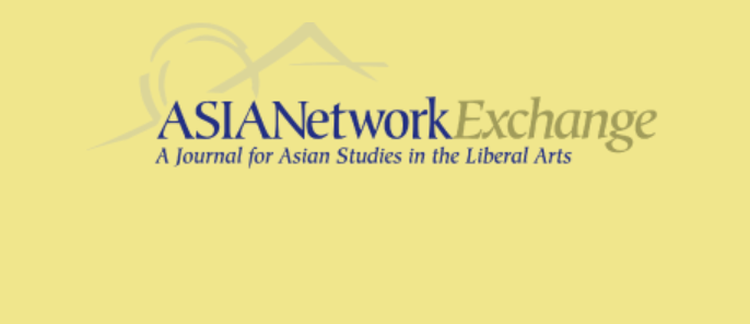Abstract
In 1906, Yale University founded a missionary middle school in Changsha, the capital city of China’s Hunan province. Long regarded by foreigners as China’s most conservative and anti-foreign province, Hunan, only five years previous, had been the last Chinese province to open its doors to foreign settlement. In this new and seemingly fertile field, the Americans of the Yale Foreign Missionary Society cultivated their middle school (Yali) and, by 1916, had greatly expanded their presence by also opening a School of Nursing, a College of Arts and Sciences, and a Medical School. As with most missionary educational enterprises of this period, the primary objective of the Yale educational missionaries was to inculcate their students with Western Science and knowledge, and, most importantly, Christian values. With the anti-traditional and pro-democracy message of the New Culture movement that erupted amongst China’s youth both before and after the May Fourth incident of 1919, the Yale missionaries, like others, believed that their efforts were being fulfilled. However, after this rising student consciousness turned increasingly nationalistic and anti-foreign, the Yale missionaries eventually not only had to address its implications within the context of the greater missionary enterprise in China, but, even more importantly, had to confront its manifestations amongst the students in their own institution.
How to Cite
839
Views
318
Downloads
